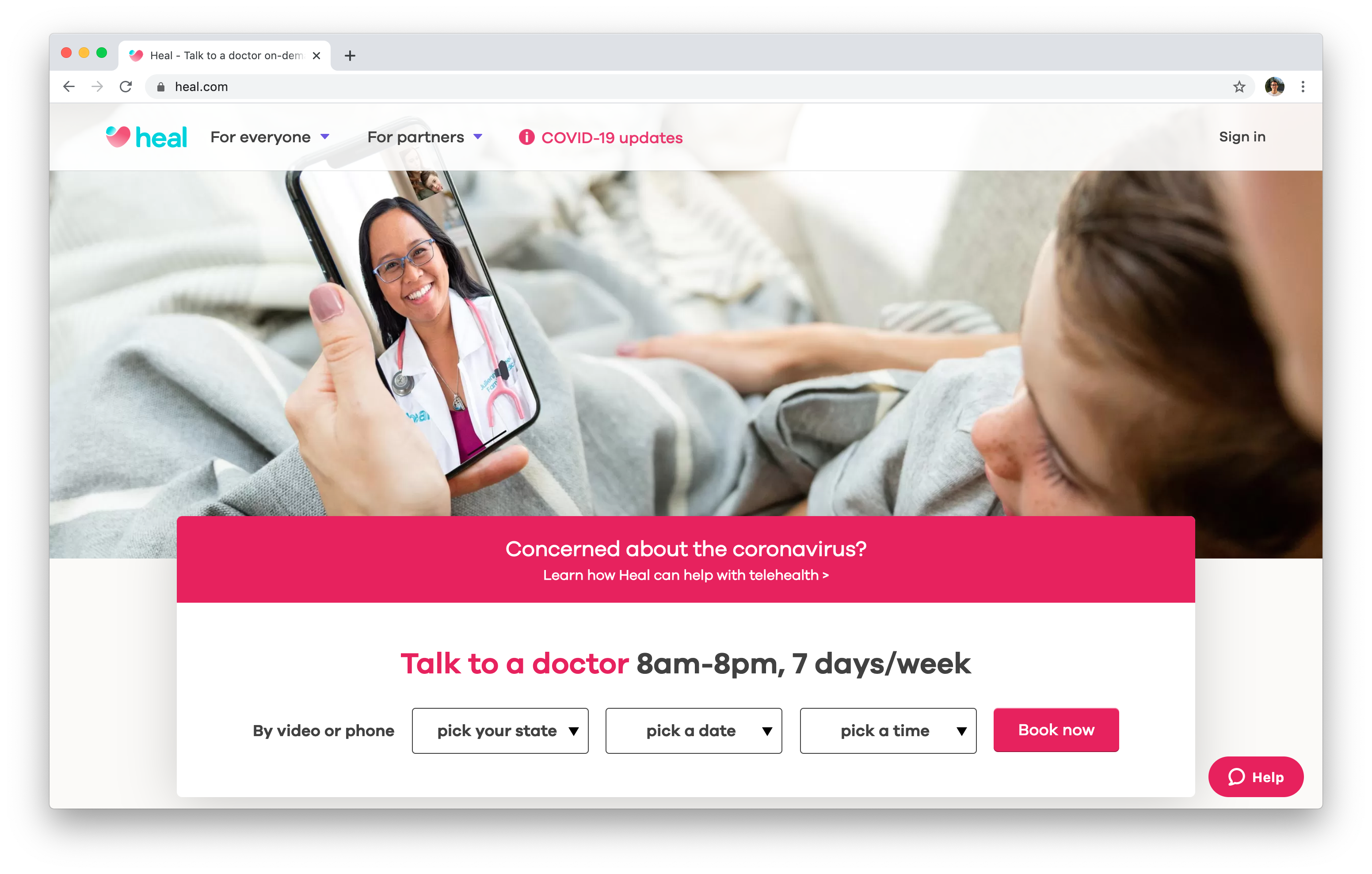Understanding the Cost-Effectiveness of Subscription-Based Medical Care Designs
As the healthcare landscape develops, subscription-based designs become an engaging alternative, assuring to redefine just how individuals manage clinical costs. Reviewing these models' cost-effectiveness demands a nuanced contrast with typical insurance coverage, taking into consideration both financial effects and client fulfillment. While they use openness and predictability in prices, concerns continue to be about their capability to fulfill diverse medical care demands, especially for specialized therapies. The viewpoints of doctor additionally complicate this formula, presenting a diverse difficulty. What does the future hold for these designs, and can they absolutely supply on their pledge of easily accessible, affordable care?
Overview of Subscription-Based Versions
Subscription-based medical care versions, occasionally referred to as direct health care or concierge medication, are increasingly obtaining attention as a possible service to ineffectiveness within traditional healthcare systems. These versions operate the principle of offering individuals straight accessibility to doctor via a regular monthly or annual cost, bypassing the requirement for typical insurance mechanisms. This setup aims to enhance patient-provider communications by decreasing management worries, which typically hinder customized and prompt care.
At the core of subscription-based designs is the emphasis on a much more individualized patient experience. People benefit from improved access to their doctors, typically including next-day or same-day consultations, extended examination times, and direct communication channels such as phone or video telephone calls. This version fosters an aggressive technique to health care, where carriers and patients can collaboratively concentrate on preventative treatment and persistent condition monitoring.

Cost Contrast With Traditional Insurance

One of the main monetary advantages of registration versions is transparency in prices. Conversely, traditional insurance policy may be much more helpful for individuals calling for specialized care or pricey therapies not covered under a membership design, as they benefit from the wider insurance coverage network and cost-sharing devices.
Nonetheless, cost-effectiveness is context-dependent. While registration versions may offer cost savings for those mostly requiring key treatment, people with persistent problems or specialized healthcare needs could find typical insurance policy a lot more extensive. Consequently, evaluating certain health care requirements and prospective use is critical in establishing one of the most cost-effective option for individuals.
Effect On Person Complete Satisfaction
Person fulfillment within subscription-based healthcare designs commonly shows a significant improvement over traditional insurance policy systems. Unlike typical systems, where clients might experience hold-ups in receiving care, subscription-based models make sure even more straight and prompt communications with healthcare carriers.
Moreover, the transparency in expenses related to subscription-based healthcare reduces the common stress associated with unforeseen charges and complicated invoicing processes seen in traditional insurance coverage (subscription based healthcare). Individuals appreciate recognizing the precise financial commitment upfront, causing raised trust fund and self-confidence in their healthcare monitoring
Additionally, the focus on preventative care and health in subscription models adds to improved health and wellness outcomes, additionally boosting person contentment. By concentrating on continuous wellness maintenance instead than episodic care, individuals experience a more alternative and continuous health care trip.
In addition, the improved provider-patient relationship cultivated in these models, defined by more time invested per client and customized attention, plays an essential role in boosting individual fulfillment levels, as patients feel genuinely looked after and recognized.
Provider Experiences and viewpoints
From the provider's point of view, subscription-based medical care versions use a transformative method to delivering medical solutions. These models emphasize a proactive and preventative healthcare strategy, allowing suppliers to concentrate on comprehensive patient treatment without the restraints of standard fee-for-service setups (subscription based healthcare). This change in emphasis usually causes boosted individual outcomes and raised company complete satisfaction, as health care professionals can allot even more time and resources to client interaction and individualized care strategies
Moreover, registration designs promote foreseeable profits streams, which improve monetary stability for doctor. This predictability permits improved resource preparation and allocation, contributing to a more reliable medical care delivery system. Service providers can invest in team training, innovation, and framework enhancements, thereby boosting the top quality of treatment provided.
Nevertheless, the transition to subscription-based designs is not without obstacles. Carriers should adapt to new functional frameworks, which can involve substantial modifications in payment methods and individual management systems. Additionally, there is a fundamental demand for durable data administration official statement to track person results and ensure high quality care. Despite these hurdles, lots of carriers find that the benefits of enhanced person interaction and streamlined procedures exceed the first difficulties, making subscription-based designs an attractive choice.
Future Leads and Obstacles

A primary challenge is regulatory compliance, as registration versions need to follow progressing healthcare policies and insurance coverage needs. This necessitates constant adjustment and development to guarantee positioning with legal requirements. Additionally, integrating these versions right into existing health care infrastructures can be complicated, calling for significant investments in technology and training.
There is additionally the prospective threat of producing injustices in healthcare gain access to, as subscription designs may favor those who can afford them, leaving at risk populations underserved. Addressing this requires thoughtful consideration of pricing approaches and aid mechanisms to make sure inclusivity.
Verdict
Subscription-based health care versions present a feasible choice to typical insurance by supplying monetary predictability and openness, specifically profiting people with persistent problems or frequent healthcare requirements. The cost-effectiveness of these models is contingent upon private health care usage patterns and circumstances.
Subscription-based healthcare models, in some cases referred to as direct main why not try here care or attendant medicine, are significantly getting interest as a prospective option to inefficiencies within traditional health care systems. Unlike typical systems, where people could experience delays in receiving treatment, subscription-based models make certain more direct and prompt interactions with healthcare service providers.
These models stress a preventative and proactive health care strategy, allowing providers to focus on detailed individual treatment without the restraints of traditional fee-for-service arrangements. As these designs proceed to get grip, they provide the possible to transform individual accessibility to care, streamline solution shipment, and maximize healthcare costs.Subscription-based reference healthcare versions offer a practical alternative to traditional insurance coverage by offering financial predictability and openness, specifically profiting individuals with chronic problems or frequent health care requirements.